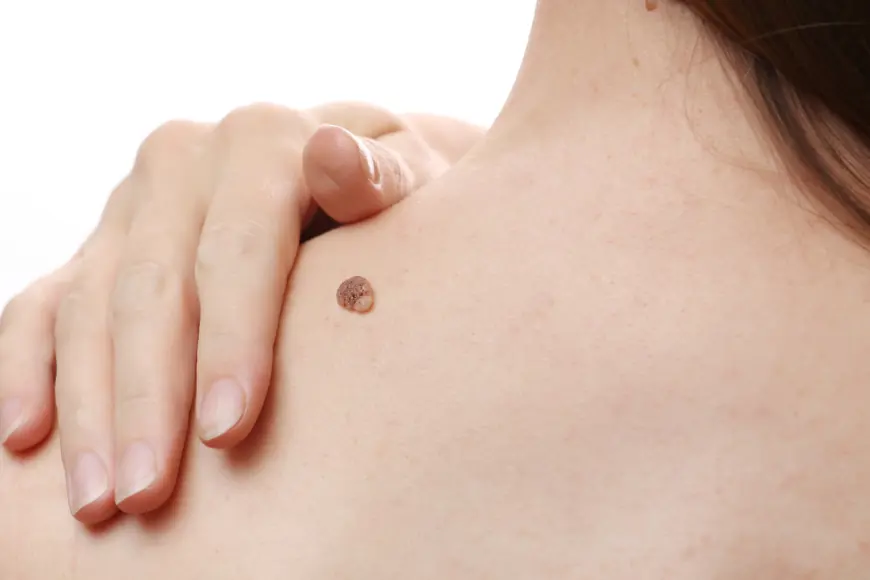Skin tags are common, harmless growths that appear on various areas of the skin, often causing concern due to their appearance or location. Whether caused by friction, genetics, or hormonal changes, many people look for ways to remove them. A common question people have is whether skin tag removal is suitable for all areas of the body. The answer depends on various factors, including the size, location, and method of removal. Let's explore the Skin Tag Removal in Dubai treatment .
What Are Skin Tags?
Skin tags are small, soft, and benign growths of skin that often appear on areas where skin rubs against skin or clothing. They are typically flesh-colored or slightly darker and can range in size. While they are harmless, their presence can sometimes cause discomfort, especially if they are located in areas where they are frequently irritated, such as underarms or around the neck.
Is Skin Tag Removal Suitable for All Areas of Your Body?
Skin tag removal is generally safe, but not all areas of the body are treated in the same way. Certain methods may not be appropriate for some body parts, particularly sensitive or delicate areas like the eyelids or genital region.
- Sensitive Areas: The skin around your eyelids or groin is thin and delicate. These areas require special care during the removal process. While professional treatments can handle skin tags in these locations, at-home methods may not be safe and can lead to irritation or complications.
- Underarms and Neck: These areas are commonly affected by skin tags due to frequent friction from clothing or movement. Removal in these areas is relatively straightforward and can be done safely by a dermatologist using various methods like cryotherapy or cauterization.
- Other Areas: Skin tags can also appear on your back, chest, or arms. Removal in these locations is typically uncomplicated and can be performed with minimal discomfort.
When to Seek Professional Help?
While many people attempt to remove skin tags at home using over-the-counter products or natural remedies, it’s always best to seek professional help, especially for larger or more sensitive skin tags. A dermatologist can ensure safe removal, reducing the risk of complications such as infection or scarring. Professional treatment also allows for more precise removal, especially in sensitive areas.
FAQs
- Can I remove a skin tag at home?
Yes, over-the-counter products like freezing kits and cutting devices are available, but it’s recommended to consult a dermatologist, especially for larger or delicate skin tags.
2. Does skin tag removal hurt?
The process may cause slight discomfort, especially with methods like excision or cauterization, but it’s usually quick and manageable. Numbing creams or local anesthesia are often used to minimize pain.
3. Are there any risks involved with skin tag removal?
While the process is generally safe, improper techniques can lead to infection, scarring, or irritation, especially in sensitive areas.
4. How long does it take for a skin tag to heal after removal?
Healing time can vary depending on the size of the skin tag and the method used, but most people recover within a few days to a week.
5. Can skin tags grow back after removal?
Skin tags may not grow back in the same spot, but it is possible for new ones to form elsewhere on the body over time.
Conclusion
In conclusion, skin tag removal is suitable for most areas of the body, but special care is required for sensitive or delicate regions. Consulting a dermatologist ensures that you receive appropriate treatment for your skin type and the location of the tag. By understanding the various removal methods and their suitability for different areas, you can make an informed decision about whether skin tag removal is right for you.

 Like
0
Like
0
 Dislike
0
Dislike
0
 Love
0
Love
0
 Funny
0
Funny
0
 Angry
0
Angry
0
 Sad
0
Sad
0
 Wow
0
Wow
0




















































